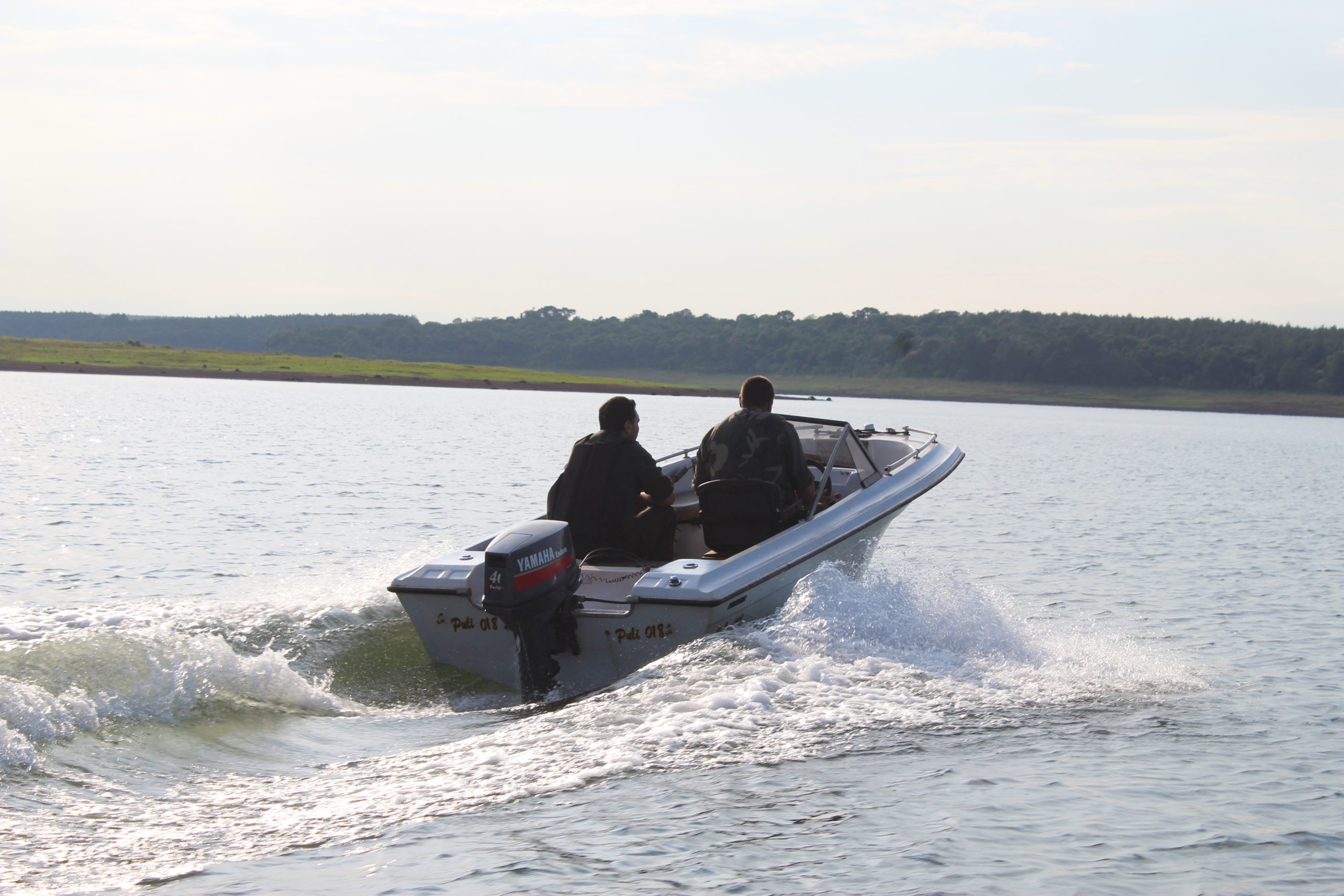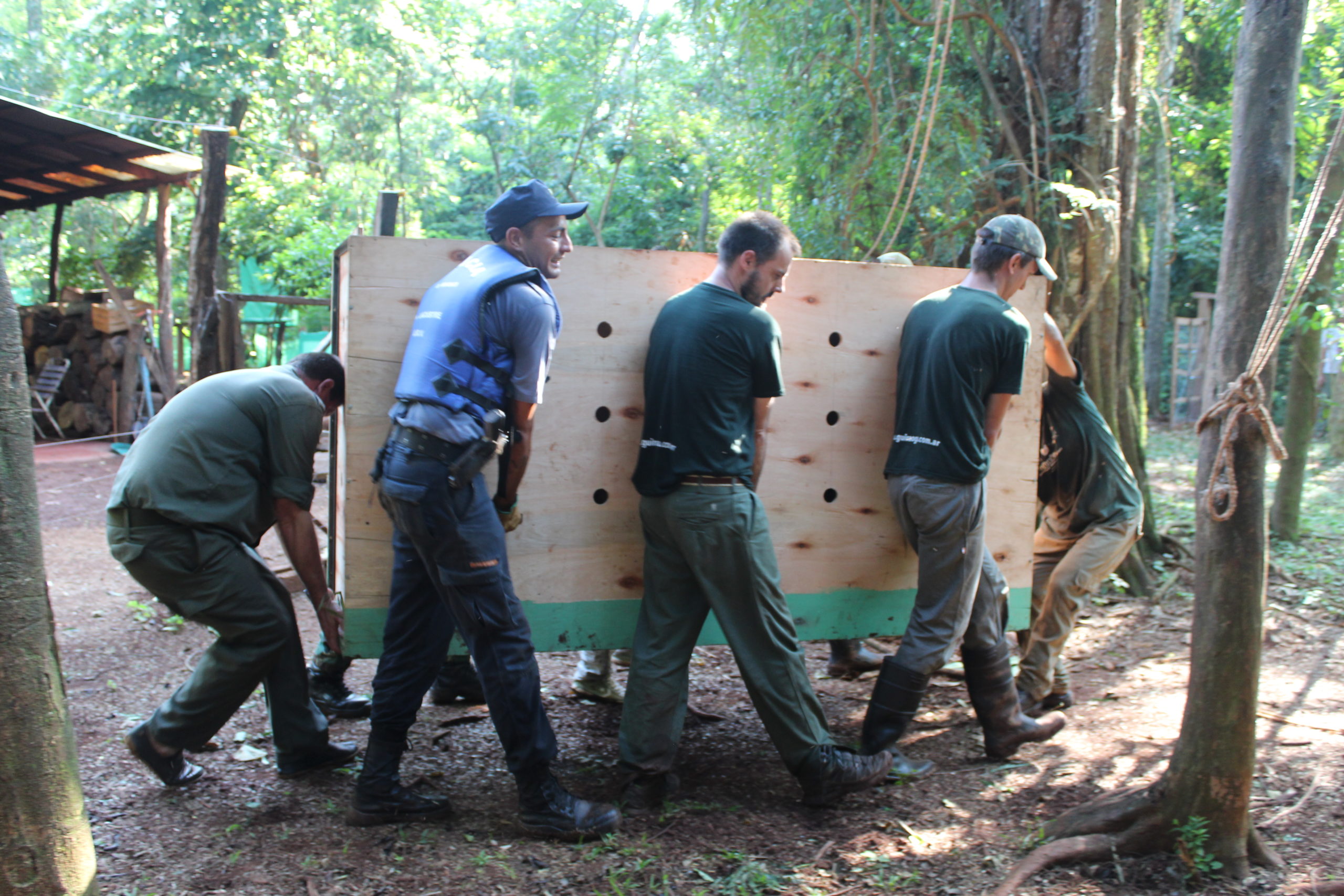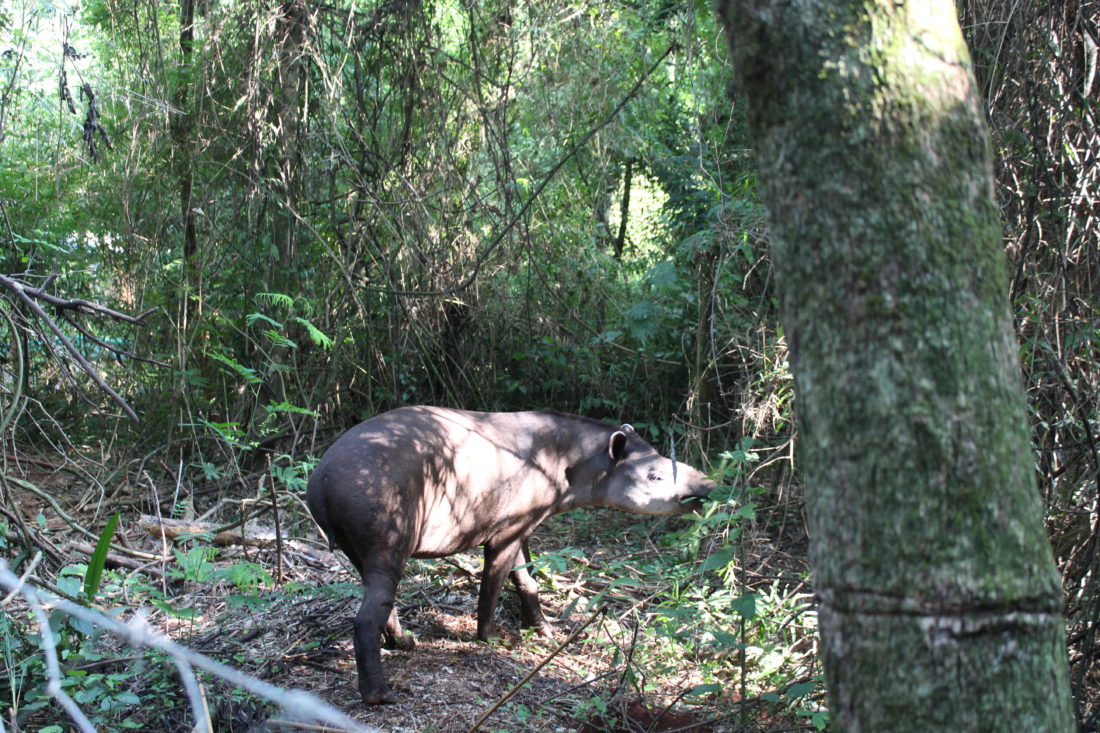The Atlantic Rainforest, home to our Relais & Chateaux lodge Awasi Iguazu, is a remarkably biodiverse region with almost 20,000 plant species – in some areas as many as 450 different tree species can be found in a single one hectare plot. What is more, many of the plants and animals that call this area home are endemic (only found in this area): about 50% of tree species, 60% of vertebrates and up to 90% of amphibians are found nowhere else on Earth.
When we took on the responsibility of protecting and maintaining a 145 hectare plot bordering the Iguazu National Park, we wanted to do our bit to help protect the area from deforestation – a serious threat in this part of the world as land is cleared for agriculture and the paper industry – to enable it to continue acting as a carbon sink. Along with the 200 hectares of native woodland we protect in Patagonia, the carbon sequestered by this plot more than offsets the carbon emissions generated by our three Awasi lodges, both here in Iguazu as well as Atacama and Patagonia, meaning that Awasi is officially carbon neutral.
What’s more, it means we can protect the incredible array of wildlife and flora that are found in these parts. Another problem faced in Misiones is the illegal hunting of wild species for bushmeat or to be sold as pets, which results in the demise of many and a decline in the area’s rich biodiversity.
One organisation at the forefront of the fight against the hunting of wild animals is the Güirá Oga animal refuge in Puerto Iguazu. Guests are welcome to visit as one of our many excursions, whilst at Awasi Iguazu we help with logistical support, lending vehicles and personnel when needed.

As well as the animal sanctuary, the team at Güirá Oga also own a restricted area called Isla Palacio on Lake Uruguaí – a private island which is used as a base to rehabilitate rescued animals and reintroduce them to the wild.
The Awasi team recently participated in efforts to reintroduce a tapir, known affectionately as Lulu, to its natural habitat on Isla Palacio.
Tapirs are large, herbivorous mammals, similar in shape and size to a pig with a short, prehensile nose trunk. With four species in total, they inhabit jungle and forest regions of Central and South America as well as South East Asia. At home in the water, tapirs are known to flee to rivers when threatened – their natural predators are jaguar, caimans and anacondas – and enjoy wallowing in mudpits to keep cool. Largely nocturnal, they feed on leaves, shoots, fruits and aquatic plants, often snuffling with their trunk in search of tasty morsels.
All four tapir species are included on the IUCN’s Red List as threatened or endangered due to illegal hunting and habitat loss, so rescuing and rehabilitating these magnificent creatures is a great achievement.

Lulu was rescued from a local Guarani community who had been trying to sell her, and taken to a nearby park to be housed temporarily. Concerned by the lack of space, help was sought from the team at Güirá Oga, who began constructing a larger enclosure at Isla Palacio which would allow her to become more independent whilst keeping her safe as she refamiliarized herself with her natural environment.

Lulu was moved to her new enclosure in January 2020, where we are pleased to report she is settling in well. Given the threatened status of tapirs, the reintroduction was attended by the Director of Güirá Oga Jorga Anfuso as well as the Minister of Ecology of Misiones Mario Vialey and the Ministry’s Director of Biodiversity Patricicia Sandoval – a fitting send-off for such a vip guest!
The team will continue to monitor her as she gets to know her surroundings. She is free to come and go as she wishes, and the team hope that in time she will find a mate and settle permanently back in to the wild.

